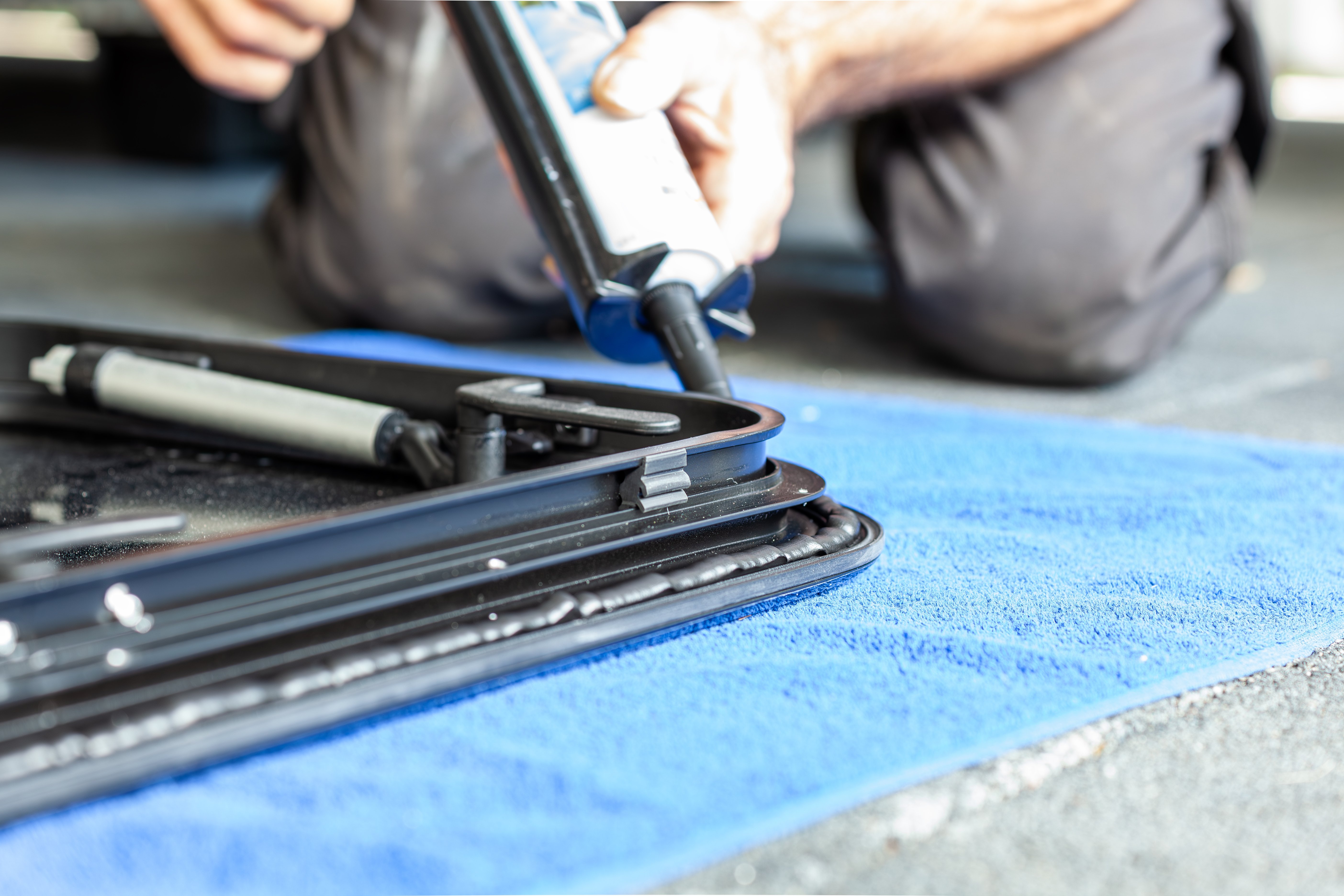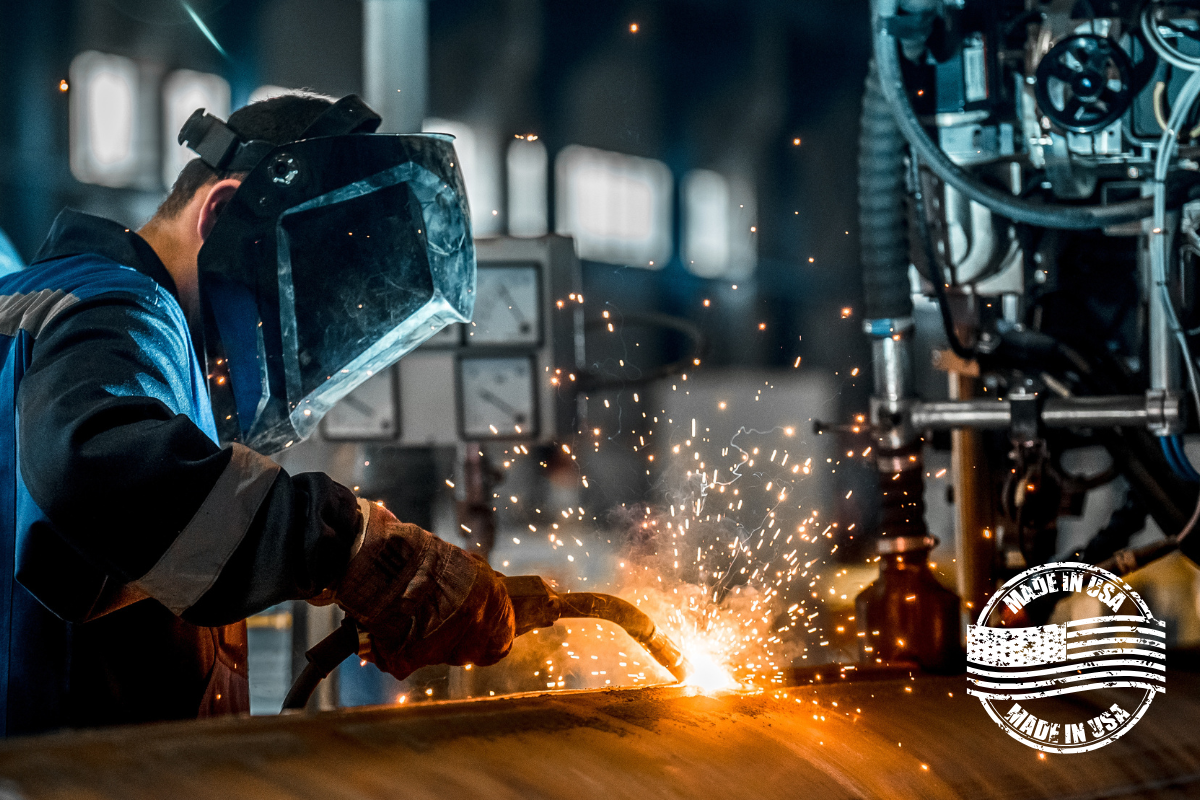.jpeg?width=1200&height=743&name=AdobeStock_135952493%20(2).jpeg)
Enhancing EMS Equipment with Gas Springs: A Vital Component for Efficiency and Safety
In the fast-paced world of Emergency Medical Services, efficiency and reliability are critical. Every second counts in life-or-death situations, and first responders depend on equipment that operates smoothly and effectively. One often overlooked but essential component of EMS equipment is the gas spring. These simple yet powerful devices are crucial for ensuring seamless operation, safety, and ease of use in various applications within the EMS industry.
The Role of Gas Springs in EMS Applications
Gas springs, commonly known as gas struts or gas shocks, play a crucial role in medical equipment management by offering precise control of motion, minimizing physical effort, and maximizing safety. These innovative devices are engineered to assist in lifting, lowering, and securely holding objects in position, making them indispensable in the EMS industry. Their ability to provide smooth and reliable operation not only enhances the efficiency of medical professionals but also ensures the safety of both patients and staff.

Benefits of Using Gas Springs in EMS Equipment
Gas springs enhance equipment operation safety, efficiency, durability, and reliability. They minimize the physical strain needed to manage heavy machinery, reducing the risk of injury for EMS personnel. Gas springs also ensure controlled motion, which prevents sudden movements that could result in accidents. By simplifying equipment operation, gas springs help EMS teams achieve faster response times and more streamlined workflows, allowing them to focus on patient care instead of struggling with cumbersome tools.
Designed to endure frequent use and harsh conditions, high-quality gas springs, such as Austin Hardware’s Genesis™ brand, deliver long-lasting performance. Their reliability is crucial in emergencies, where equipment failure cannot be tolerated.
Applications
Here are some key applications of gas springs in this vital field.
Modern ambulance cots and stretcher systems are equipped with advanced gas spring technology, which facilitates smooth height adjustments and allows for controlled patient lowering. This innovation significantly reduces the physical strain on EMS personnel, helping to minimize the risk of injury during patient transport.
The ability to easily adjust the height of the cot or stretcher is crucial in various scenarios, such as when transferring patients between different surfaces, like from a hospital bed to an ambulance. This feature enhances the ergonomics of patient handling, promoting safer lifting techniques for EMS workers.
Furthermore, the controlled lowering capability ensures that patients are moved gently and with care, which is particularly important for those with injuries or medical conditions that require stable positioning. Overall, these modern systems contribute to a safer work environment for EMS staff while prioritizing the comfort and safety of patients during transport.
Medical equipment compartments in EMS vehicles, such as ambulances, are equipped with various storage compartments tailored for lifesaving medical supplies and equipment. These compartments are strategically designed to maximize space and ensure quick access to essential items during emergencies.
To enhance functionality, gas springs are implemented in the design of these compartments, allowing for smooth and controlled opening and closing. This feature facilitates easy access to the supplies and minimizes the risk of sudden drops or closures, which could potentially damage sensitive medical equipment or lead to injury. These thoughtful design elements ensure that EMS teams can respond effectively and efficiently in critical situations.
Ambulances are designed with adjustable seating and workstations to provide optimal ergonomics for paramedics. Gas springs enable smooth adjustments of these and other foldable elements, ensuring comfort and functionality for EMS professionals during emergency response situations. Gas springs are commonly used in ambulance doors, hatches, and ramps to provide controlled movement and prevent accidental slamming, enhancing safety for EMS personnel and patients.
Video: Our LifeDefender™ cabinets with Gas Springs.
Choosing the Right Gas Springs for EMS Applications
Gas springs significantly impact the efficiency and safety of EMS applications. From ambulance stretchers to compartment doors, these essential components enhance the functionality and reliability of emergency medical equipment. By integrating high-quality gas springs, EMS providers can ensure smoother operations, better patient care, and improved working conditions for first responders.
Several factors must be considered when selecting gas springs for EMS equipment, including load capacity, stroke length, durability, and corrosion resistance. Partnering with a reputable manufacturer guarantees that the gas springs meet industry standards and deliver the performance required for critical medical applications.
Austin Hardware is a trusted provider of gas springs across various industries. Our Genesis™ Gas Springs are known for their high quality and reliability. With a large inventory, we ensure quick access to our products. Additionally, our Genesis Gas Springs Part Finder simplifies locating the right size and force of gas spring for your specific application.







